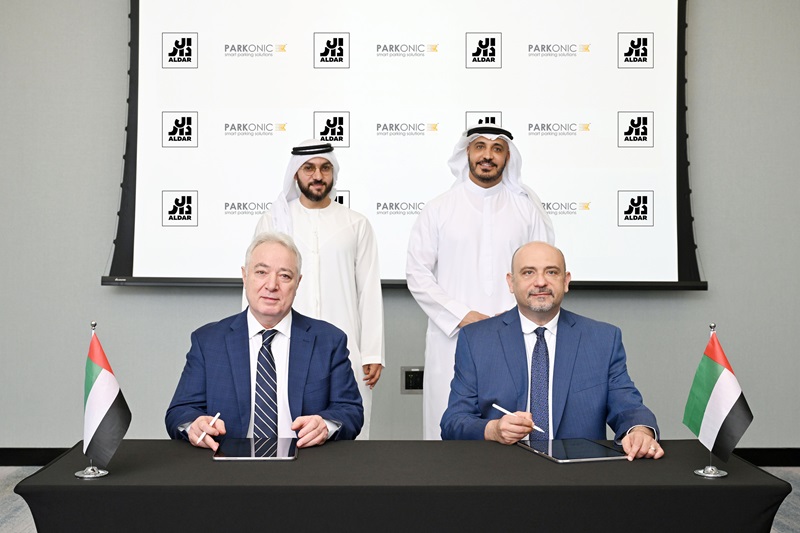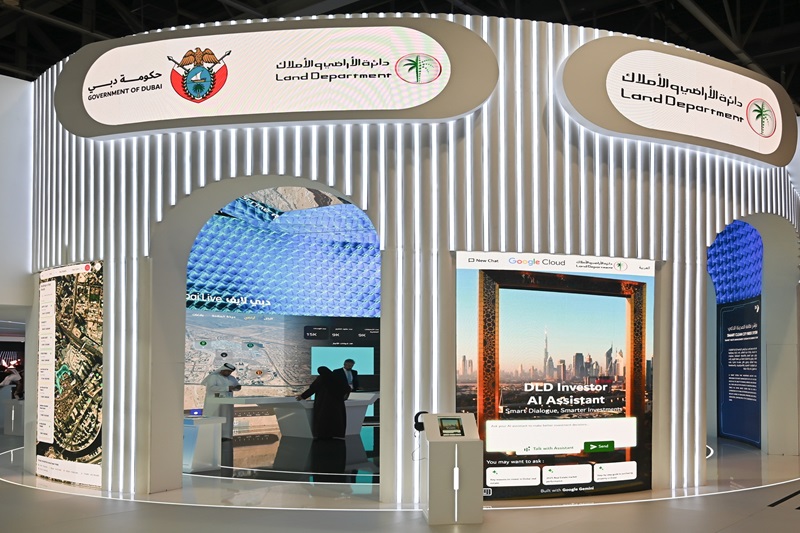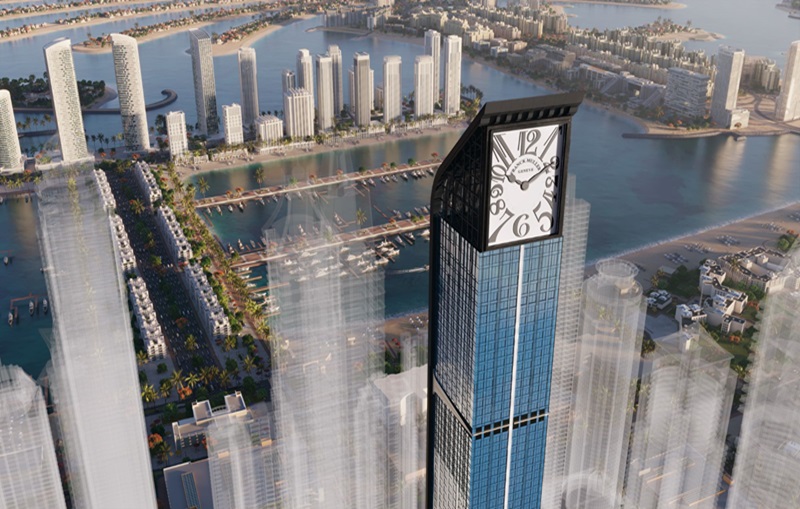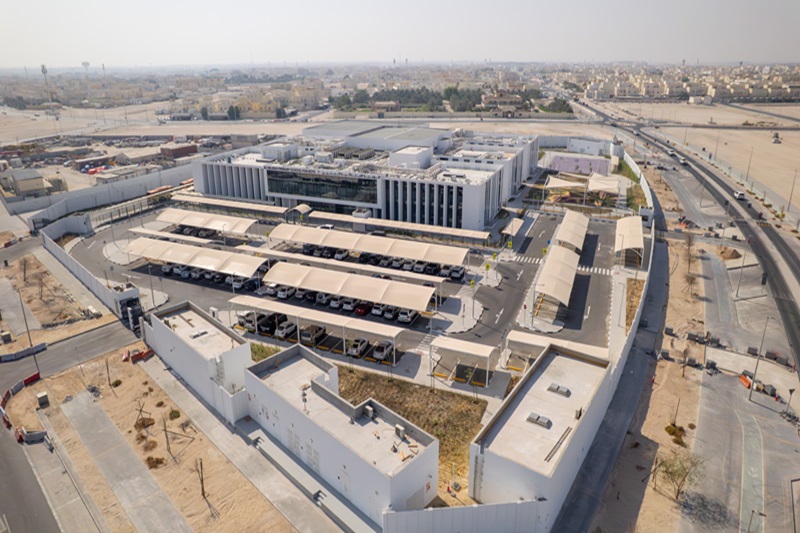
The convergence of real estate and technology continues to reshape the built environment, as highlighted in WiredScore's newly released "Insights 2025" report.
Based on data from over 1 billion square feet of certified real estate, the report provides a detailed analysis of connectivity, technological integration, and the evolving demands on properties.
A New Era in Built Connectivity
William Newton, CEO of WiredScore, acknowledges the transformative intersection of real estate and technology: “Macrosocial and macroeconomic forces have shaped the journey of creating smarter buildings. While progress hasn't been as linear as hoped, we see landlords and developers rising to meet the challenges posed by hybrid work models and economic pressures.”
The report highlights the significant efforts by landlords worldwide to provide flexible, technologically advanced spaces.
Despite challenges, office and home buildings globally excel in Internet Service Provision, achieving average scores of 90% and 95%, respectively. However, mobile performance remains a weak spot, with global averages at just 40%.
Regional Disparities in Performance: Analysing regional trends reveals marked differences
Middle East: Leading the pack, buildings in this region score 82% for mobile performance and 30% higher than Europe in Internet Service Provision. The prevalence of new construction has facilitated advanced connectivity infrastructure.
Asia-Pacific (APAC): Scores are impressive, with 96% for Internet Service Provision and 93% for mobile performance. Mandated mobile performance standards in new buildings drive these results.
North America, UK, and Europe: These regions lag, scoring 28%, 42%, and 41% for mobile performance, respectively. Reliance on outdated infrastructure and restrictive planning regulations present significant barriers.
The disparity between mobile performance and Internet Service Provision underscores a critical issue. Occupiers demand seamless connectivity across all spaces—offices, homes, and public areas. The report notes, “Landlords must address mobile performance gaps to ensure uninterrupted connectivity and meet modern expectations.”
The Rise of Data-Driven Building Management
Data management systems have gained traction, with global scores rising from 63% in 2021 to 77% in 2024. APAC and the Middle East lead with ratings of 73% and 78%, while North America and Europe trail behind at 57% and 63%, respectively.
The report underscores, “Greater adoption of robust data management systems is essential for improving building operations and occupant experiences.”
Mid-sized buildings (100,000 - 400,000 sq ft) demonstrate the highest performance in this area, whereas smaller and larger properties face challenges due to fragmentation and complexity.
Well-Being Through Technology
Enhancing occupant well-being has become a priority, with buildings scoring an average of 80% in WiredScore’s Wellbeing category. Smart technologies such as advanced air quality systems, smart lighting, and integrated fitness devices complement physical amenities like gyms and green spaces to foster healthier environments.
Access and navigation technologies also enhance user experience. Features like real-time navigation apps and intelligent parking systems contributed to an 18% increase in the Access and Navigation category over three years. “The integration of technology into spaces creates a cohesive and responsive environment,” the report states.
Addressing Security and Cyber Threats
Safety and security remain top priorities, with an 19% improvement in related metrics over the past three years. Advanced AI and predictive analytics are increasingly utilised for surveillance and emergency response. However, rising reliance on smart systems introduces heightened cybersecurity risks.
The report indicates a 10% year-on-year improvement in the cybersecurity category, driven by increased investment. “Landlords must adopt proactive approaches to safeguard physical and digital infrastructures from evolving threats,” notes the report.
Sustainability Through Innovation
The report emphasises that sustainable building design benefits greatly from technology integration. For instance, GIS-based public space management optimizes green area maintenance, and IoT-enabled adaptive street lighting reduces energy consumption. Such innovations enhance operational efficiency and environmental impact.
In a post-pandemic world, landlords are reinventing their brands to attract and retain tenants.
By leveraging smart technologies and data-driven insights, they provide adaptive, personalized experiences. The report highlights, “Landlords must create a narrative that aligns with occupier needs, enhancing productivity and satisfaction.”
Artificial Intelligence: The Game Changer
AI is revolutionising real estate operations, from optimizing energy use to streamlining design processes. “AI’s ability to analyze data at scale enables more adaptive, sustainable buildings,” notes the report. However, AI cannot replace the nuanced human interactions that are integral to the industry.
The WiredScore Insights 2025 report underscores that real estate’s future hinges on technology. From connectivity and data management to well-being and sustainability, the integration of smart solutions is reshaping the built environment.
Yet, as the report notes that -- buildings are more than four walls, a door and some windows; they’re enablers of human interaction and productivity. Technology must serve this purpose, creating adaptive, safe, and connected environments for all.
Landlords and developers who embrace these trends will not only meet evolving occupier demands but also set the standard for a smarter, more resilient real estate industry.
WiredScore building management data management systems wellbeing connectivity






.jpg)
.jpg)






